Home>Renovation & DIY>Home Renovation Guides>How To Measure Gable Roof
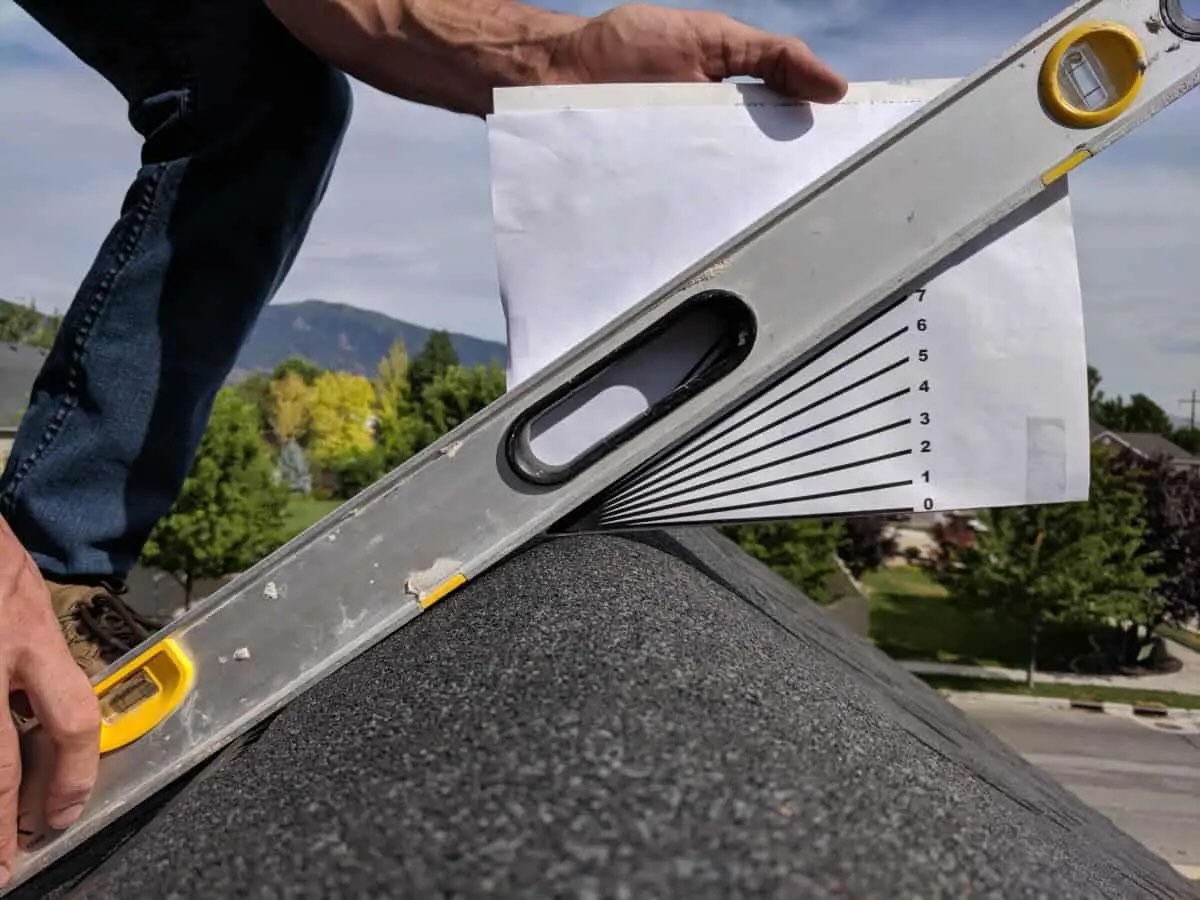

Home Renovation Guides
How To Measure Gable Roof
Modified: August 20, 2024
Learn how to measure a gable roof for your home renovation project with our comprehensive guide. Get expert tips and advice on home renovation projects.
(Many of the links in this article redirect to a specific reviewed product. Your purchase of these products through affiliate links helps to generate commission for Storables.com, at no extra cost. Learn more)
Introduction
Measuring a gable roof is an essential step in various home renovation projects, such as installing new roofing materials, constructing a dormer, or adding a skylight. A gable roof, characterized by its triangular shape, is a common feature in many homes and buildings. By accurately measuring the dimensions of a gable roof, homeowners and contractors can ensure that any construction or renovation work is carried out with precision and efficiency.
Understanding how to measure a gable roof is crucial for planning and executing renovation projects effectively. Whether you are a seasoned contractor or a DIY enthusiast, having the knowledge and skills to measure a gable roof accurately can save time, money, and potential headaches down the road. With the right tools and a systematic approach, anyone can confidently tackle the task of measuring a gable roof.
In this guide, we will walk you through the step-by-step process of measuring a gable roof, providing clear instructions and valuable tips along the way. By the end of this article, you will have a comprehensive understanding of how to measure the width, height, and pitch of a gable roof, empowering you to take on your next home renovation project with confidence and precision. So, grab your measuring tape and let's dive into the fascinating world of gable roof measurements!
Key Takeaways:
- Mastering the art of measuring a gable roof empowers homeowners and contractors to approach renovation and construction projects with confidence and precision, ensuring accuracy and reliability in data for informed decision-making.
- By accurately calculating the pitch of a gable roof, individuals gain valuable insights into its structural characteristics, empowering them to make informed decisions regarding roofing materials, design considerations, and potential renovation or construction projects.
Read more: What Is A Gable On A Roof?
Tools and Materials Needed
Before embarking on the task of measuring a gable roof, it's essential to gather the necessary tools and materials to ensure accuracy and efficiency. Here's a comprehensive list of items you'll need for this project:
Tools:
-
Measuring Tape: A reliable measuring tape is indispensable for accurately determining the dimensions of the gable roof. Opt for a tape measure with a length of at least 25 feet to accommodate larger roof spans.
-
Ladder: To access the roof safely and comfortably, a sturdy ladder of appropriate height is essential. Ensure that the ladder is in good condition and securely positioned before ascending.
-
Pencil and Paper: Keeping a pencil and paper handy allows you to jot down measurements and make quick sketches, aiding in the organization and retention of crucial data.
-
Calculator: For calculating the pitch of the gable roof, a basic calculator will be invaluable. Ensure it's readily available for on-the-spot computations.
-
Safety Gear: Prioritize safety by wearing appropriate gear, including gloves, non-slip footwear, and, if necessary, a safety harness when working at heights.
Materials:
-
Assistants: While not a physical material, having a helper or assistant can significantly ease the process of measuring a gable roof. They can hold the other end of the measuring tape, provide support on the ladder, or assist with recording measurements.
-
Smartphone or Camera: Capturing visual references of the gable roof from various angles using a smartphone or camera can be beneficial for later analysis and planning.
-
Level: A level can aid in ensuring that the measuring tape is held straight and perpendicular to the roof surface, contributing to accurate measurements.
-
Binoculars: If the gable roof is particularly steep or challenging to access, binoculars can help in observing and assessing the roof's features from a distance.
By assembling these tools and materials, you'll be well-equipped to tackle the task of measuring a gable roof with confidence and precision. With safety as a top priority, and the right equipment at your disposal, you're ready to move on to the next steps of this insightful process.
Step 1: Measure the Width of the Gable Roof
Measuring the width of a gable roof is the first crucial step in obtaining accurate dimensions for any renovation or construction work. To begin, position the ladder securely against the edge of the building, ensuring it provides stable access to the roof. Ascend the ladder with caution, keeping a firm grip and maintaining three points of contact at all times. Once on the roof, take a moment to assess the surroundings and ensure that the area is safe for measurements.
Using the measuring tape, extend it horizontally along the bottom edge of the gable roof, from one end to the other. Ensure that the tape is taut and straight, aligning it parallel to the roof's edge. If the width of the gable roof exceeds the length of the measuring tape, enlist the assistance of a helper to hold the other end while you carefully extend the tape to cover the entire span. Record the measurement accurately, noting down the width in feet and inches.
It's important to take multiple measurements at different points along the width of the gable roof to account for any variations caused by irregularities in the roof's structure. By obtaining several measurements and calculating the average, you can ensure a more precise representation of the roof's width. Additionally, using a level can help confirm that the measuring tape is held straight and perpendicular to the roof surface, minimizing the margin of error.
Once you have gathered the necessary measurements, take a moment to review and confirm their accuracy. Jot down the recorded widths and compare them to identify any discrepancies. If variations are present, consider taking additional measurements to refine the data further. By diligently measuring the width of the gable roof and cross-verifying the obtained values, you lay a solid foundation for the subsequent steps in the renovation or construction process.
With the width of the gable roof accurately measured and documented, you are now ready to proceed to the next step, where we will delve into the process of measuring the height of the gable roof.
Read more: How To Shingle A Gable Roof
Step 2: Measure the Height of the Gable Roof
Measuring the height of a gable roof is a fundamental aspect of obtaining comprehensive dimensions for any renovation or construction project. With the width of the gable roof accurately measured and documented, it's time to focus on determining its height. This step is crucial for understanding the overall profile of the roof and is essential for various design and construction considerations.
To begin, position yourself securely on the roof, ensuring that you have a stable footing and clear access to the area where the height measurement will be taken. Using the measuring tape, extend it vertically from the base of the gable roof to its peak. It's important to keep the tape straight and taut, aligning it parallel to the roof's edge to obtain an accurate measurement.
If the height of the gable roof exceeds the length of the measuring tape, consider using a piece of string or rope to reach the peak, and then measure the length of the string with the tape once it's back on the ground. This method allows for precise measurement of the vertical span without limitations imposed by the tape's length.
When measuring the height of the gable roof, it's advisable to take multiple measurements at different points along the roof's slope to account for any variations caused by irregularities in the roof's structure. By obtaining several measurements and calculating the average, you can ensure a more accurate representation of the roof's height.
Additionally, using a level can aid in confirming that the measuring tape or string is held straight and perpendicular to the roof surface, minimizing the margin of error. This attention to detail is crucial for obtaining precise measurements that will serve as the foundation for subsequent renovation or construction work.
Once you have gathered the necessary measurements, review and confirm their accuracy. Jot down the recorded heights and compare them to identify any discrepancies. If variations are present, consider taking additional measurements to refine the data further. By diligently measuring the height of the gable roof and cross-verifying the obtained values, you establish a solid groundwork for the subsequent steps in the renovation or construction process.
With the width and height of the gable roof accurately measured and documented, you are now equipped with essential data to proceed confidently with your renovation or construction project.
Use a tape measure to find the length and width of the gable roof. Multiply the length by the width to get the area. To find the slope, measure the rise and run of the roof and use the formula: rise/run = slope.
Step 3: Calculate the Pitch of the Gable Roof
Calculating the pitch of a gable roof is a critical step in understanding its structural characteristics and determining the most suitable roofing materials. The pitch, also known as the roof slope, represents the angle of the roof's incline and plays a significant role in the roof's drainage, insulation, and overall aesthetic appeal. By accurately calculating the pitch, homeowners and contractors can make informed decisions regarding roof design, material selection, and potential renovation or construction projects.
To calculate the pitch of a gable roof, you will need the measurements of the roof's rise (vertical height) and its run (horizontal span). The rise is the vertical distance from the top of the roof to its base, while the run is the horizontal distance from the edge of the roof to its peak. With these measurements in hand, you can proceed to determine the pitch using the following method:
-
Identify the Rise and Run: Begin by referencing the measurements obtained for the height and width of the gable roof. The rise represents the height of the roof, while the run corresponds to the width. Ensure that these measurements are accurate and have been cross-verified to minimize errors in the calculation process.
-
Calculate the Pitch Angle: The pitch angle can be determined using the rise and run measurements. The pitch angle is typically expressed as a ratio, with the rise as the numerator and the run as the denominator. For example, if the rise of the gable roof is 6 feet and the run is 12 feet, the pitch angle can be calculated as 6:12 or simplified to 1:2.
-
Convert to Degrees: While the pitch angle is commonly expressed as a ratio, it can also be converted to degrees for a more comprehensive understanding of the roof's incline. To convert the pitch ratio to degrees, use a simple formula or an online calculator to obtain the corresponding degree measurement. This degree value represents the angle at which the gable roof inclines from the horizontal plane.
-
Interpret the Results: Once the pitch angle has been calculated and converted to degrees, it's essential to interpret the results in the context of the specific roofing project. Different pitch angles have varying implications for roofing materials, water runoff, and architectural aesthetics. For example, a steeper pitch may require different roofing materials to ensure effective water drainage, while a shallower pitch may offer more flexibility in material selection.
By accurately calculating the pitch of the gable roof, you gain valuable insights into its structural characteristics and can make informed decisions regarding roofing materials, design considerations, and potential renovation or construction projects. This knowledge empowers homeowners and contractors to approach gable roof projects with confidence and precision, ensuring that the roof's pitch aligns with the desired functional and aesthetic requirements.
With the pitch of the gable roof accurately calculated, you are now equipped with comprehensive data to inform and guide your roofing endeavors, whether it involves installing new roofing materials, conducting repairs, or exploring architectural enhancements.
Conclusion
In conclusion, mastering the art of measuring a gable roof is a valuable skill that empowers homeowners and contractors to approach renovation and construction projects with confidence and precision. By following the systematic process outlined in this guide, individuals can obtain comprehensive dimensions of the gable roof, laying a solid foundation for a wide range of endeavors, from installing new roofing materials to exploring architectural enhancements.
The journey of measuring a gable roof begins with the meticulous determination of its width, a fundamental dimension that forms the basis for subsequent calculations and design considerations. By carefully extending the measuring tape along the bottom edge of the gable roof and cross-verifying the obtained measurements, individuals can ensure accuracy and reliability in their data, setting the stage for informed decision-making.
Moving on to the measurement of the gable roof's height, individuals embark on a critical step that provides insights into the roof's overall profile and structural characteristics. By extending the measuring tape vertically from the base to the peak of the gable roof, and accounting for any irregularities through multiple measurements, a comprehensive understanding of the roof's vertical span is achieved. This knowledge serves as a cornerstone for various design and construction considerations, guiding the selection of roofing materials and the planning of renovation projects.
The culmination of the measurement process lies in the calculation of the gable roof's pitch, a pivotal aspect that influences drainage, insulation, and architectural aesthetics. By leveraging the rise and run measurements, individuals can determine the pitch angle and convert it to degrees, gaining valuable insights into the roof's incline and its implications for roofing materials and design considerations. This comprehensive understanding of the roof's pitch empowers individuals to make informed decisions that align with their functional and aesthetic requirements, ensuring that the gable roof meets the desired standards of performance and visual appeal.
In essence, the process of measuring a gable roof is not merely a technical endeavor but a journey of empowerment and knowledge acquisition. By mastering this process, individuals gain the confidence to embark on a diverse array of renovation and construction projects, equipped with the essential data to make informed decisions and achieve exceptional results. Whether it involves installing new roofing materials, constructing a dormer, or adding a skylight, the ability to measure a gable roof accurately is a valuable asset that opens doors to endless possibilities in the realm of home renovation and construction.
Frequently Asked Questions about How To Measure Gable Roof
Was this page helpful?
At Storables.com, we guarantee accurate and reliable information. Our content, validated by Expert Board Contributors, is crafted following stringent Editorial Policies. We're committed to providing you with well-researched, expert-backed insights for all your informational needs.
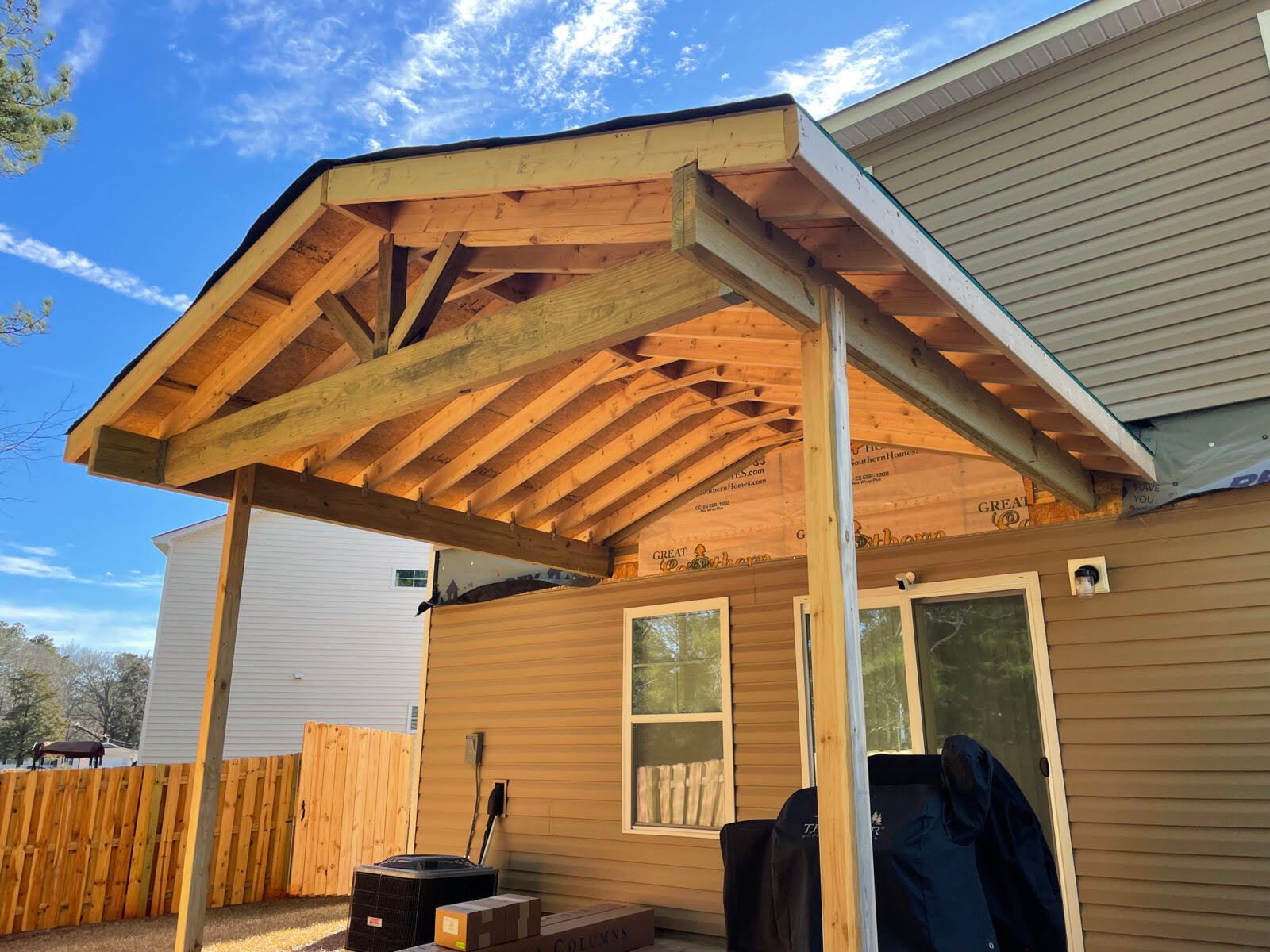
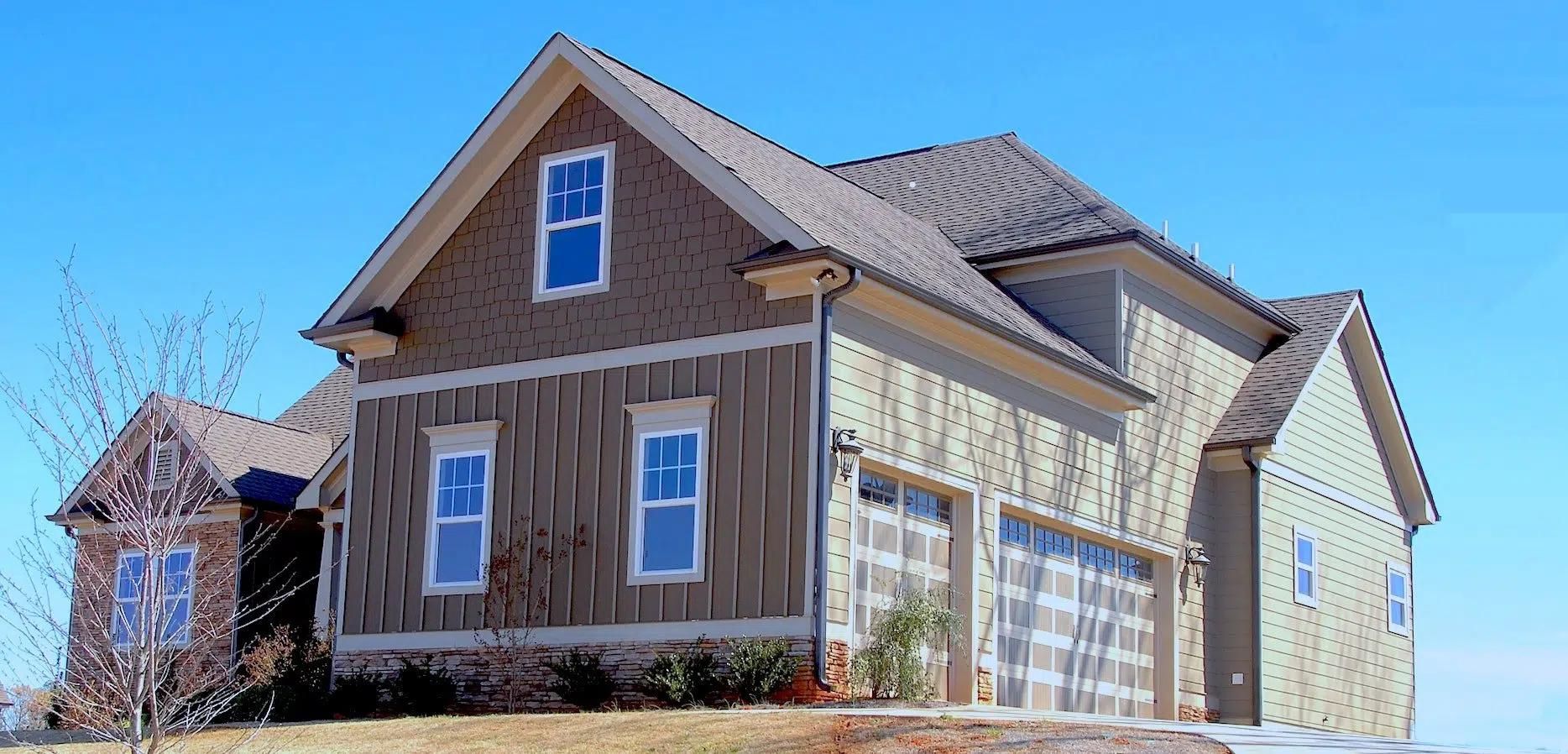
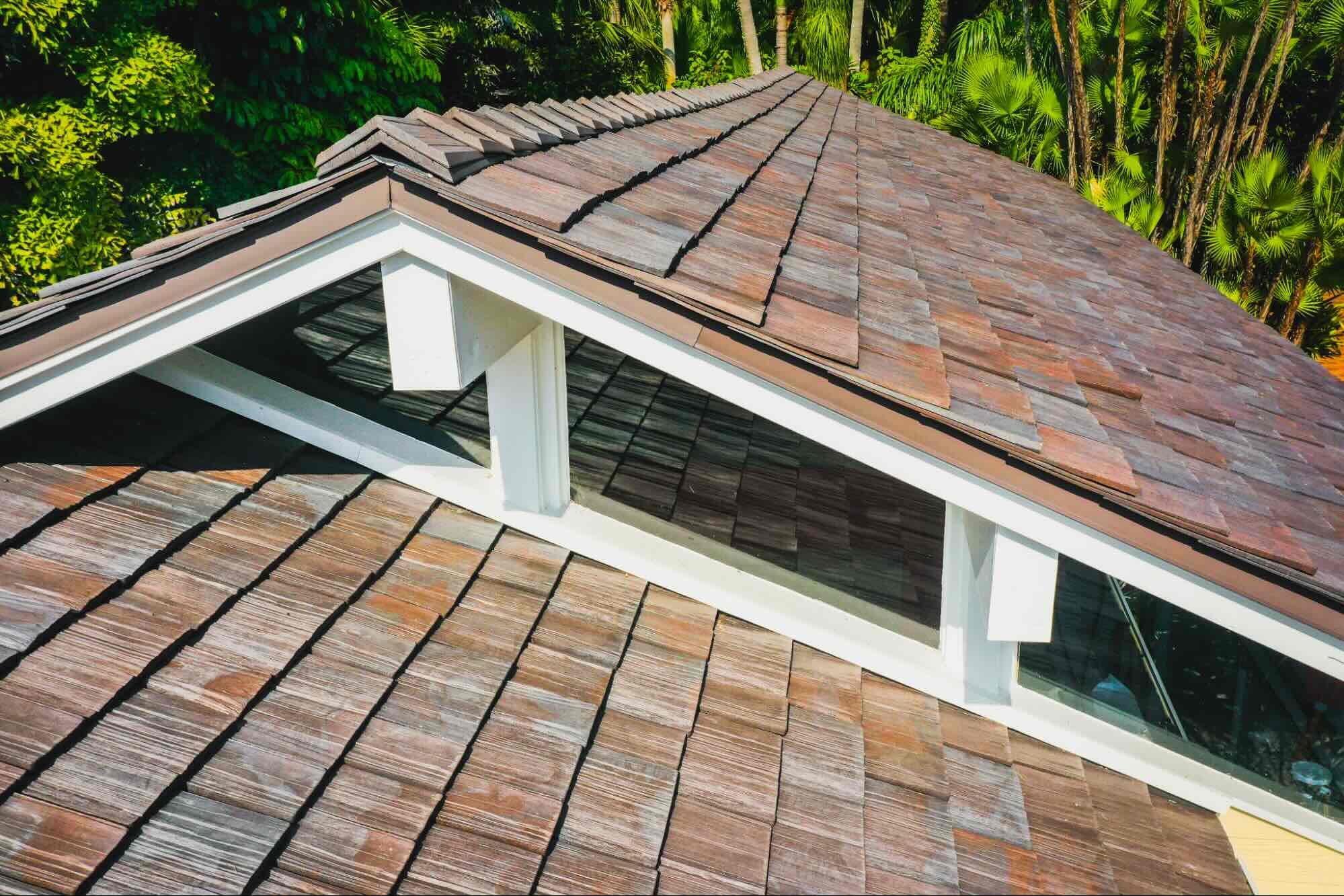
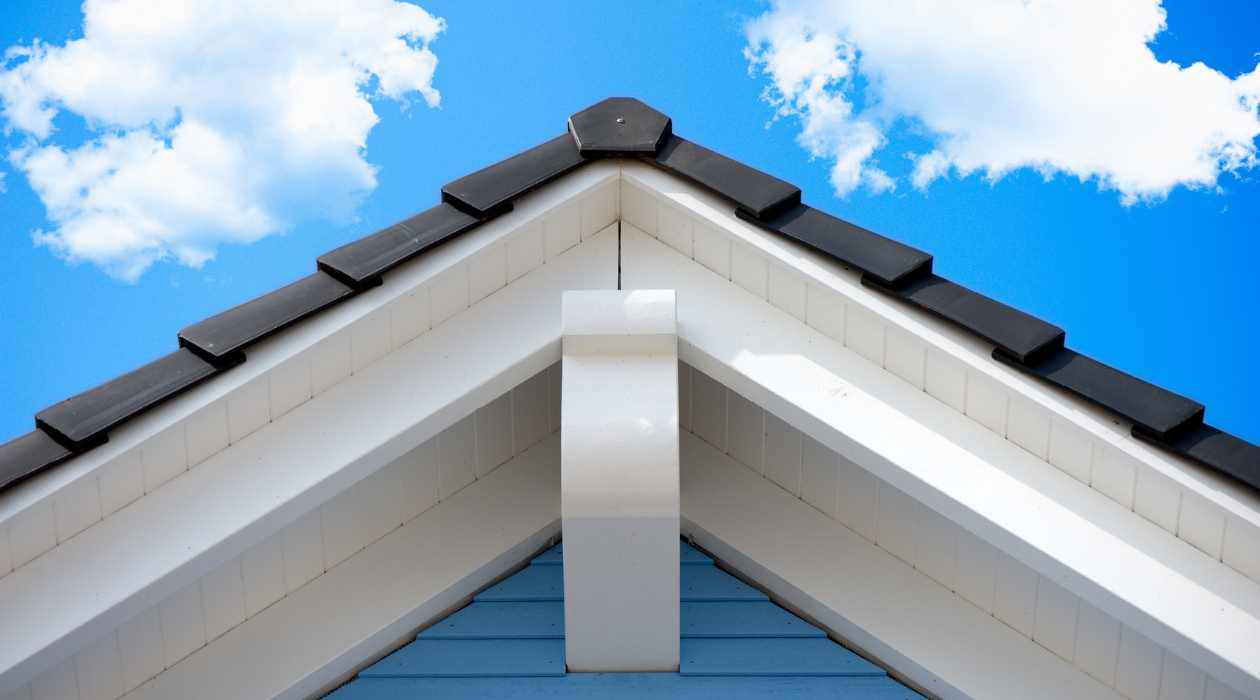
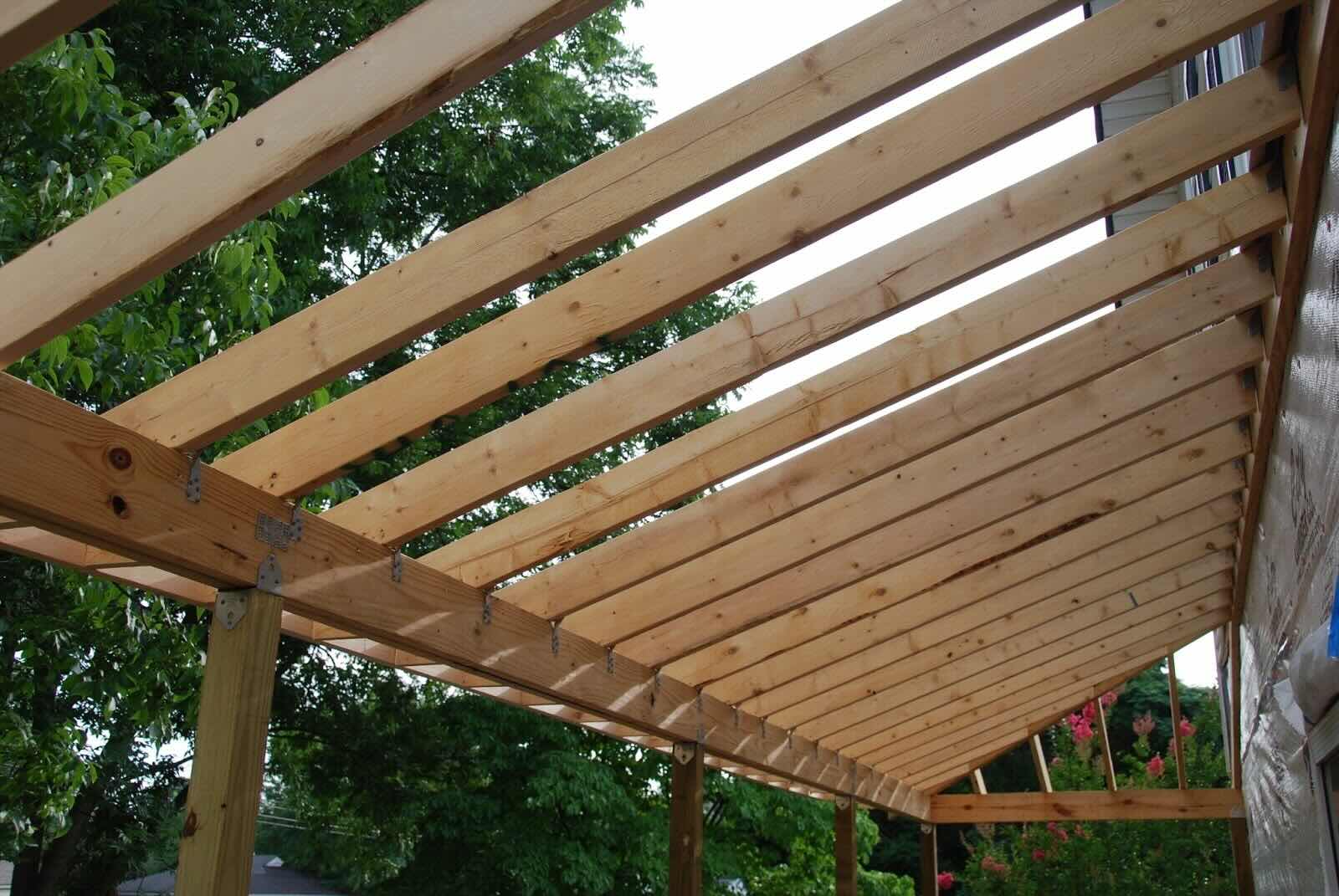
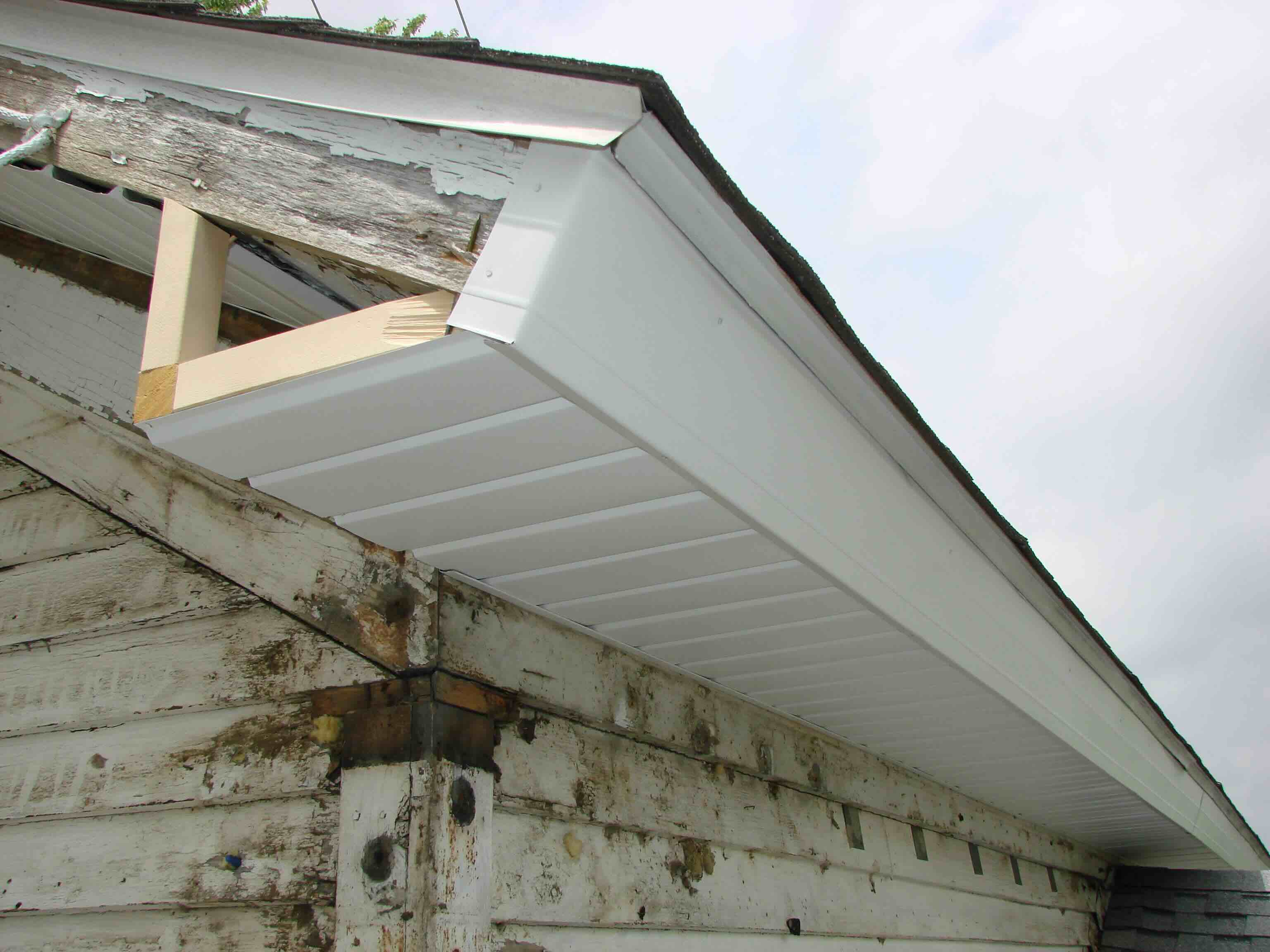

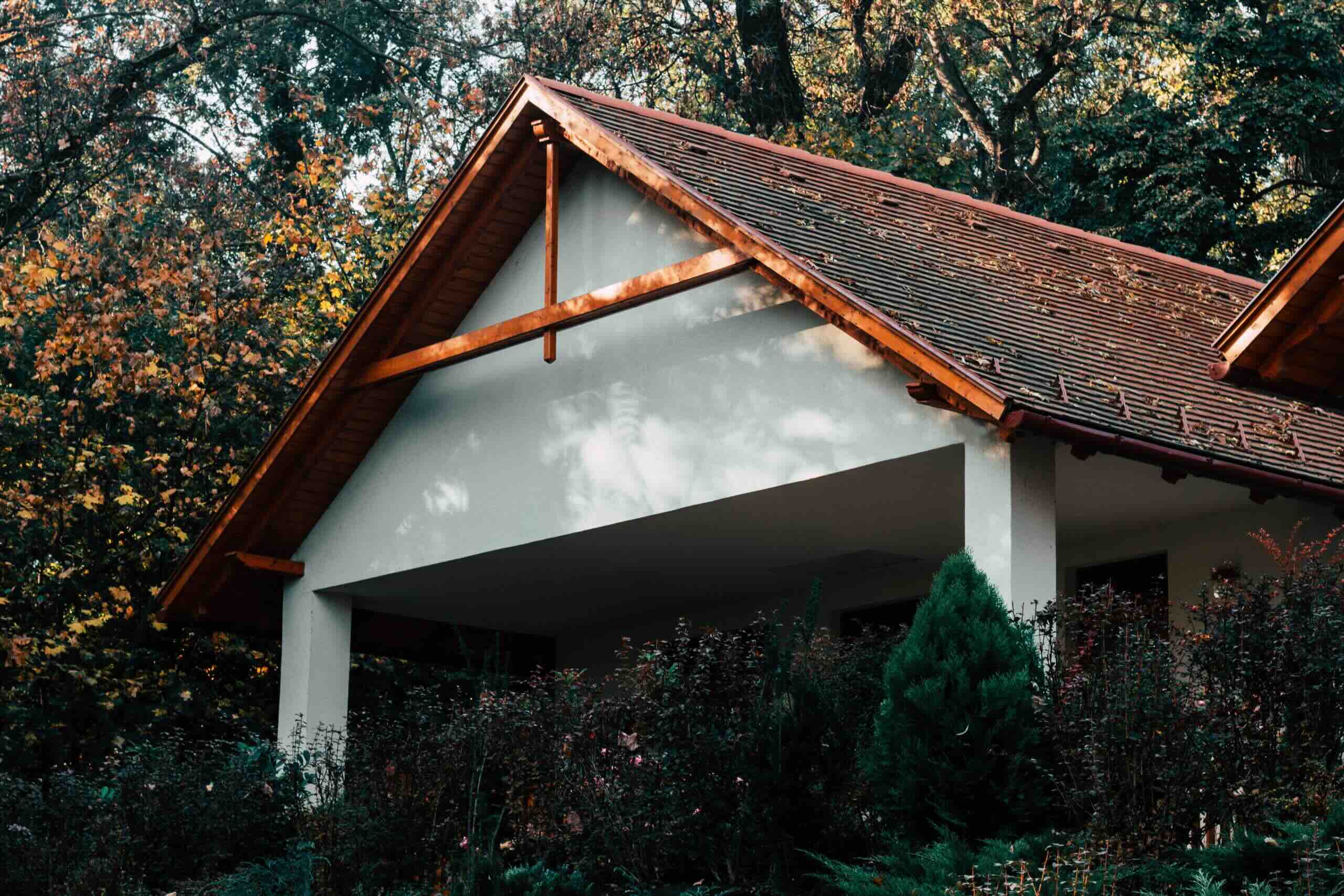
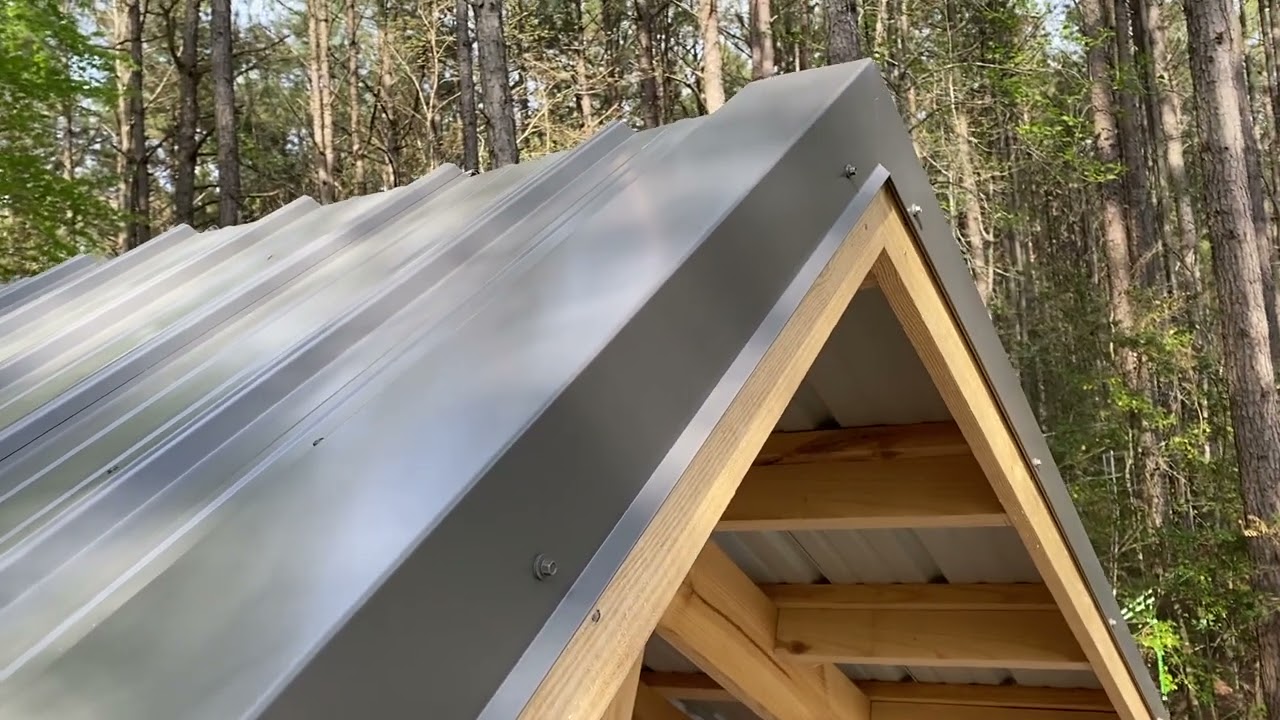
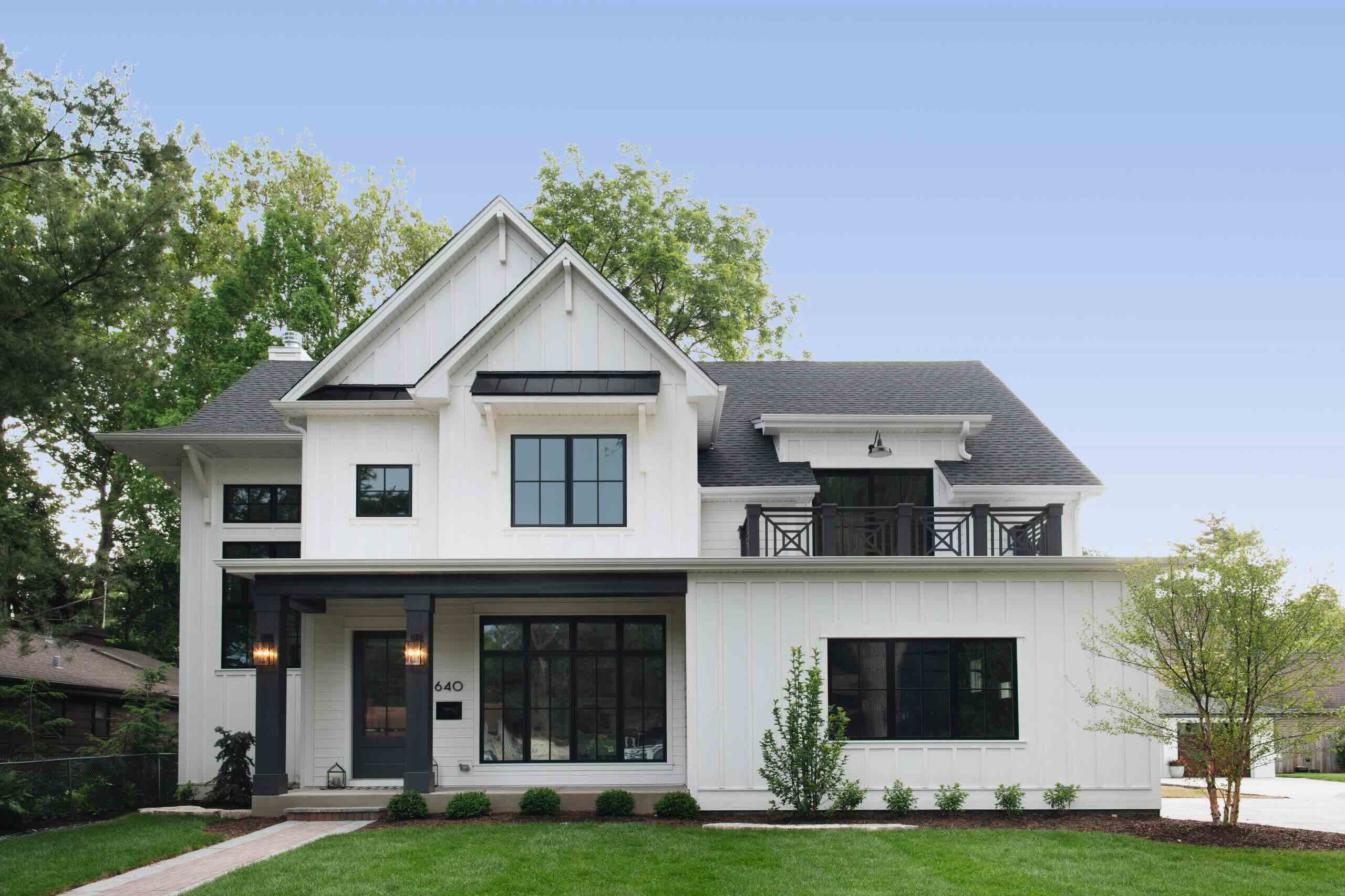
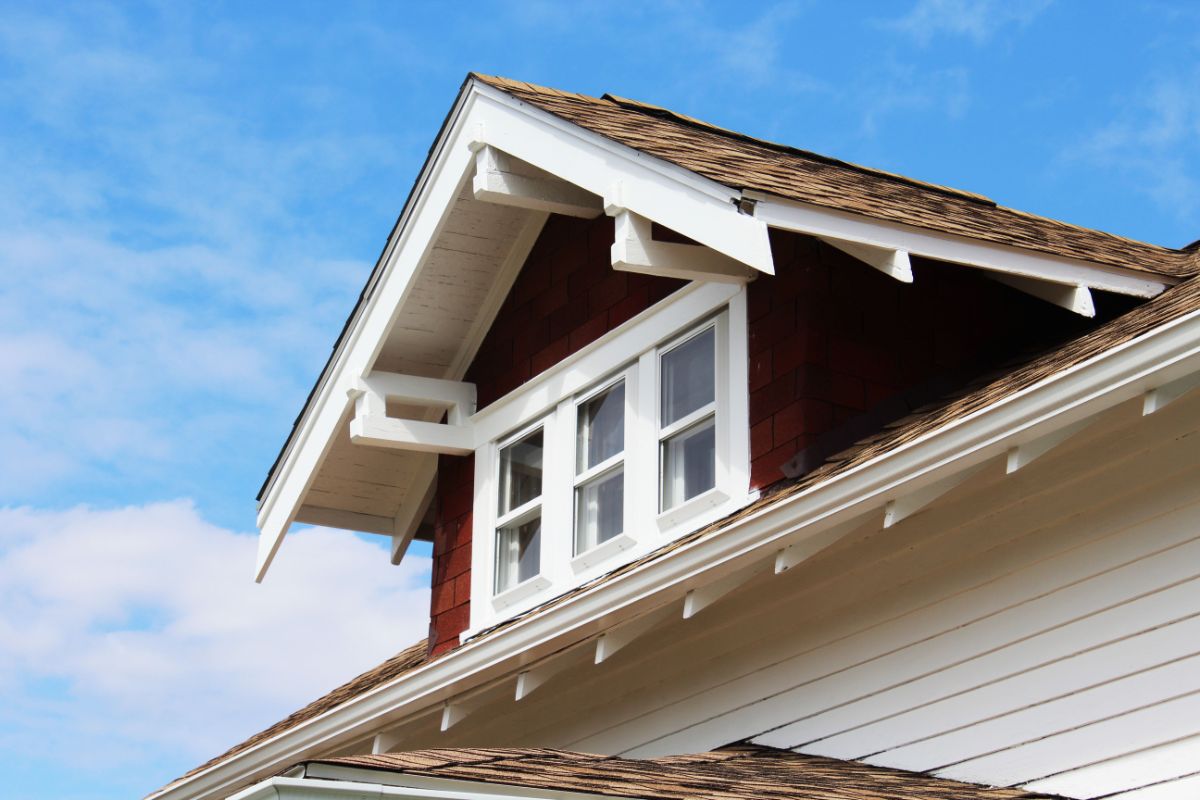
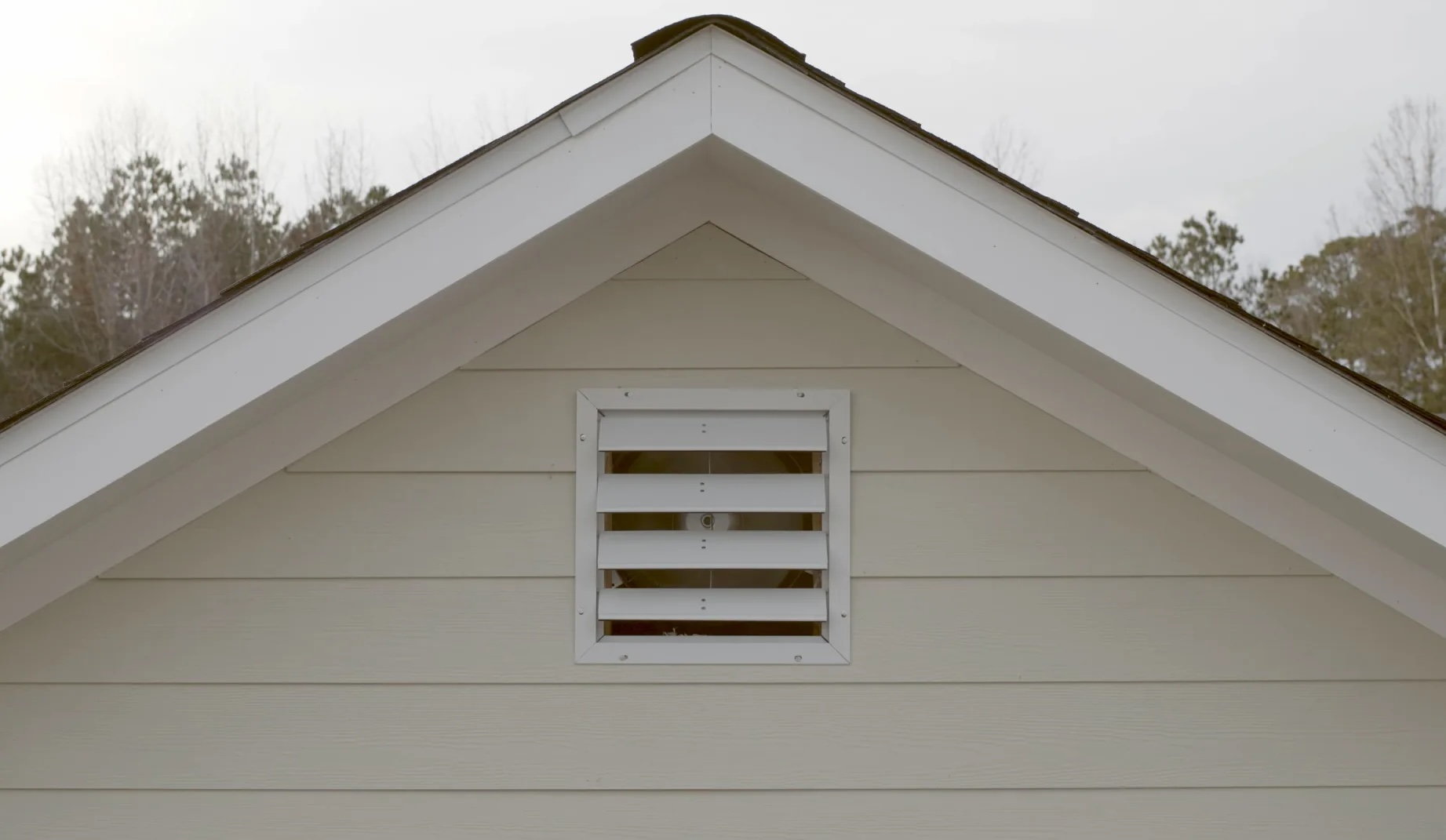

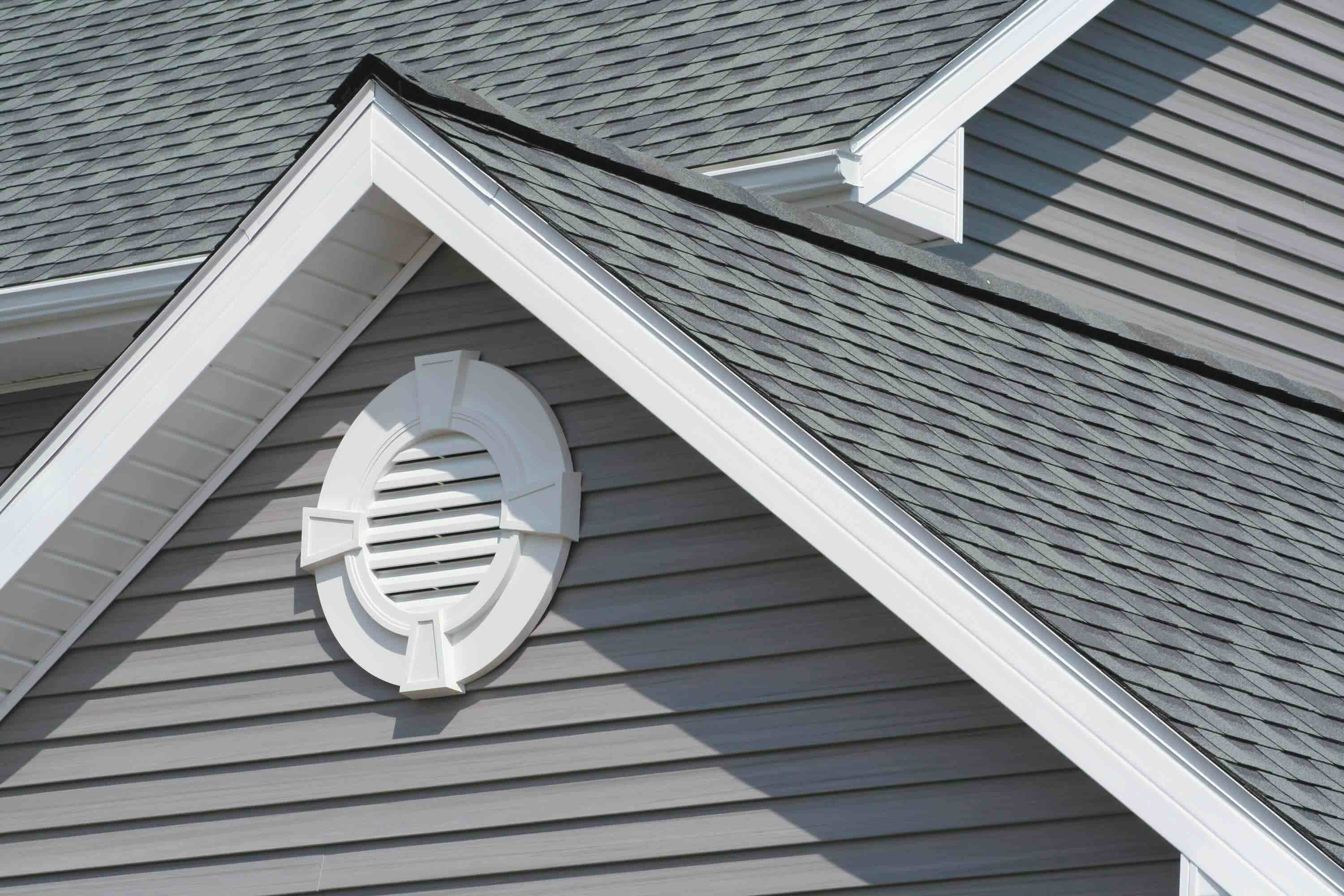

0 thoughts on “How To Measure Gable Roof”